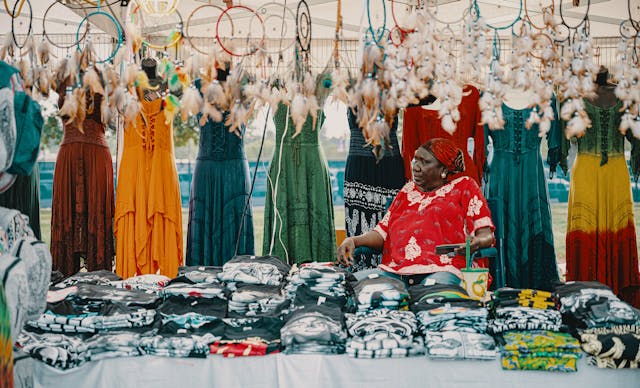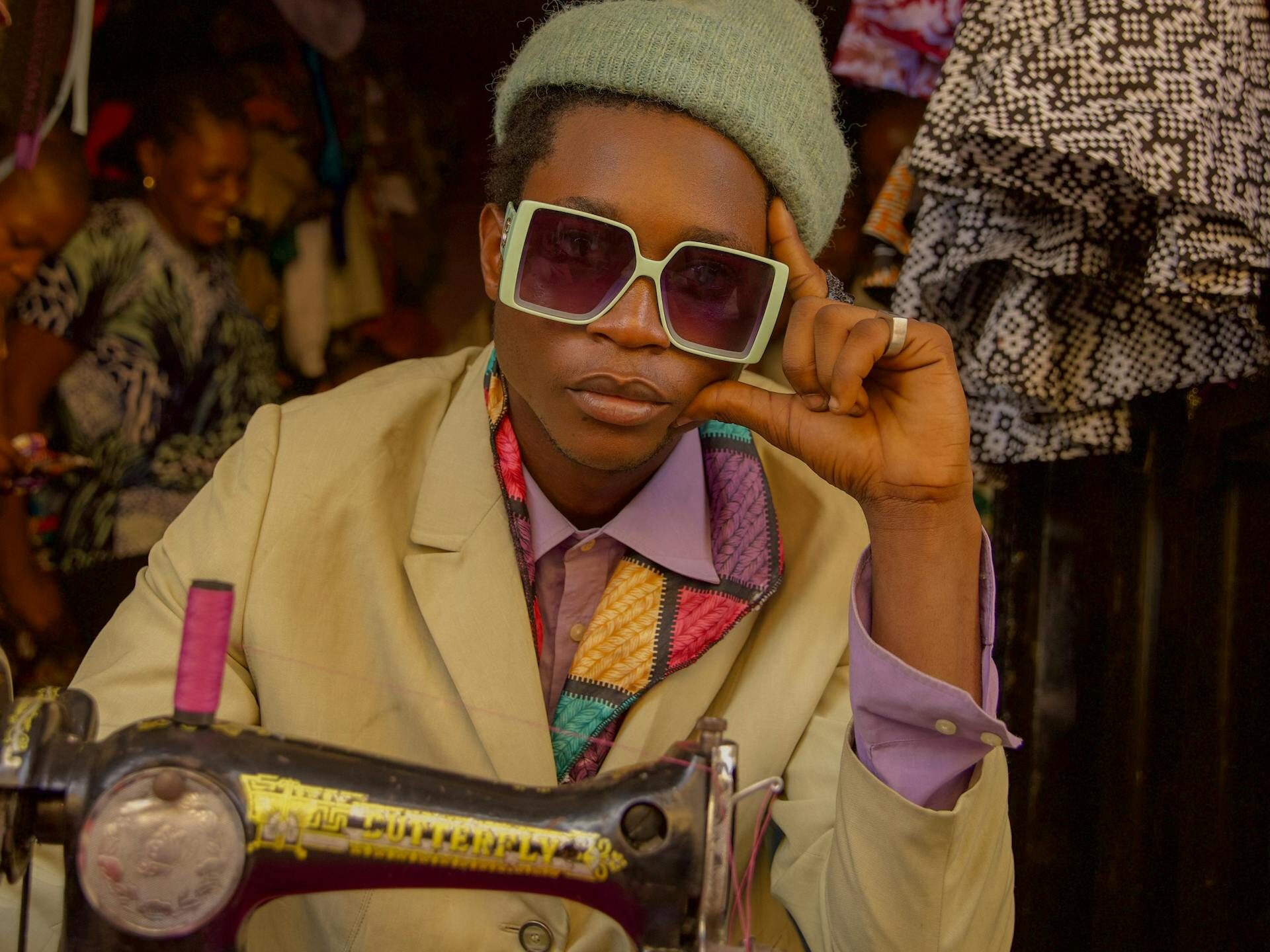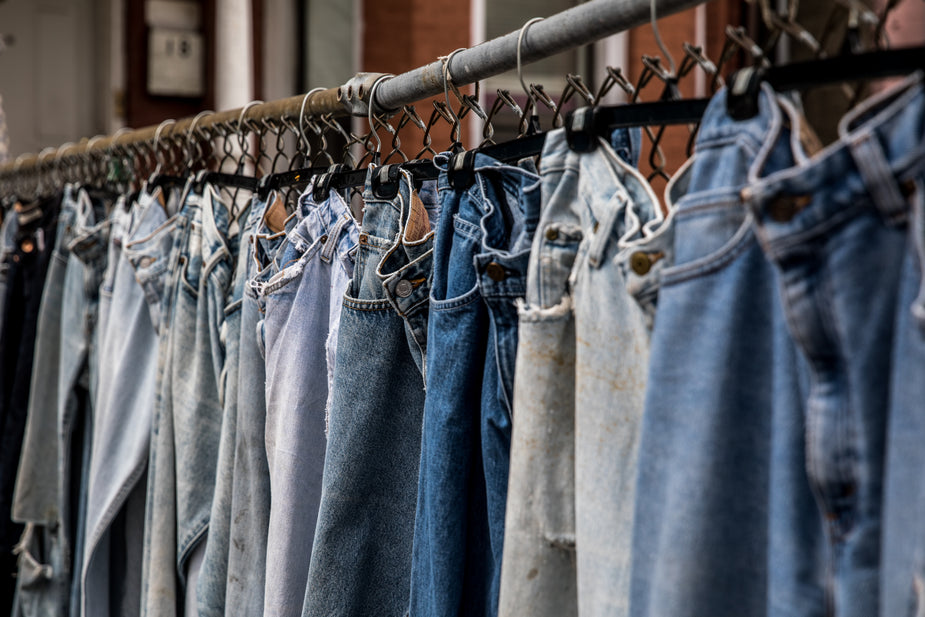When Beyoncé randomly shouts a brand out, it seems to be news to the brand as much as it is to the Beyhive. Red Lobster got a mention in enough time to make Father’s Day an IYKYK experience. Six years later, during this past spring, western boot sales and Levi’s Jeans were met with droves of new customers too.
Bey’s collaboration with Post Malone, and plugging Levi’s Jeans denim brand in “Levii’s Jeans” (a song from her country album “Cowboy Carter”), led to a 19.87% increase in visits to Levi’s stores on Easter weekend, compared to the same timeframe in previous years.
Former First Lady Michelle Obama also had that kind of influence, but she brought attention to independent designers such as Tracey Reese and Fe Noel.
In a perfect world, a well-known celebrity could wear a piece of apparel and a clothing designer’s sales would shoot through the roof. Realistically, it doesn’t work that way and there needs to be a well-thought-out plan to make a profit from selling clothes.

What’s The Best Way To Sell Clothes? The Best Platforms and Techniques
First, decide what exactly you’re planning to sell. While multi-billion dollar e-commerce platform Shopify is available in 170 countries with millions of users, selling on a platform like this means you must have a plan. And your plan should include sufficient stock.
If you’re hesitant about buying loads of apparel when you’re not sure if it will sell, look at it the way authors do. One self-published author may have a garage full of books that never met enough readers. This person is scrambling to get rid of books and feels like money was wasted. Meanwhile, the author who chooses print-on-demand options to avoid a pile of books may feel like he’s lucked out.
However, if both of them are called to join a vendor booth at an outdoor festival or indoor conference, guess who has inventory ready for a large group? Who’s watching the delivery trucks? Guess who may have to scramble to get contact info versus who can just hand over the item and a receipt on the spot?

This is one of the dilemmas of selling apparel with on-demand sites such as Café Press. You may feel like you’re saving money by not having boxes full of inventory that may be getting ignored by everybody but silverfish. But the customer who doesn’t want to wait until your item is in stock will just as soon find someone else with similar material. Even before you choose a platform, your first technique should be to be prepared.
Narrowing Down Your Sales Platform: Read the Fine Print
Second, and now that you have suitable inventory, decide how you want to sell your items. Are you going to outdoor festivals? Indoor conferences? Consignment in small boutique stores? Reaching out to independent stores? Selling exclusively on Amazon Handmade or Etsy, or another e-commerce site? If you’re initially interested in these platforms, make sure their way of accepting payments match yours.

For example, a professional selling plan with Amazon Handmade costs $39.99 per month. Depending on your initial registration, there is a possibility of this monthly fee being waived after the first month. Even if you created an individual account, you’ll need to upgrade to an Amazon Professional selling account once you’re approved. This may seem unfair at first, considering individual accounts only charge $1 per item sold. Then, you find out how quickly the latter account can add up if you’re selling restricted items, there’s no option to list nor manage items in bulk, and you’re restricted from using Amazon Ads.
Or, maybe Etsy’s $0.20 fee to list each clothing item is more your speed. After sales are made, there’s an additional 6.5% transaction fee, 3% commission and a $0.25 payment processing fee. While Amazon charges more upfront, Etsy fees may start to be too high if sales are increasing.

Brick and Mortar or E-Commerce Only?
There was a time when having a clothing item on consignment in a shopping mall or independent bookstore would be an amazing accomplishment. However, the 2020 pandemic led to more than 12,000 retail stores permanently closing. Additionally, the number of malls in the U.S. decreased from 1,500 in 2005 to approximately 1,150 by late 2022. Even department stores are selling some of their real estate for rent to mini-stores (ex. Sephora in Kohl’s).
E-commerce has consistently proven to be not only a strong competitor but outranking brick and mortar stores to the point that retail owners are choosing to make their own stores into warehouse fulfillment centers. Instead of embracing the window shopper who dawdles around and doesn’t know what she wants to buy, both retailers and consumers are plotting on a mutually agreed-upon plan to buy first, then pick up later.
Tourist stops, airports and businesses that serve multiple purposes (ex. museums) may be the most common exception to an online-only shopping world. Airport travelers will always have to pass stores to board flights, just as tourists will see memento shops to and from their vacation destination.
But unless you have a quality publicist who knows how to contact fashion buyers at these landmarks, this may be an uphill battle. Choosing independent, local stores that make management more accessible will prove to be simpler.

The Second-Hand Clothes Selling Industry
Or, maybe you’re not trying to sell your clothing line at all. You may just be trying to clear out your own closet full of clothes that you’ve barely worn, will never wear or are tired of wearing. This is where online retailers like Poshmark are a delight. For fashionistas who miss the days of wearing Apple Bottoms, Baby Phat or JLo jeans, Poshmark is an effective place to find secondhand clothing.
Similarly, ThredUp also offers options like this. Choose the size and condition of the clothing, and consumers can immediately help you reduce and recycle your personal closet while they reuse from your resell.
Is Selling Clothing Profitable?
As with any type of business, whether it’s investing or selling, the work that’s put into displaying the product will significantly affect the turnout. Is this the best way to sell clothes? Will it be profitable? Maybe. Can it end up leading to boxes in your garage? Possibly.
But as long as there’s an ongoing plan to sell this merchandise even after the newness wears off, this can be a lucrative business. Window shoppers have become eco-friendly shoppers, thrifters and e-commerce enthusiasts, ready to go clothes shopping today. Be ready.
